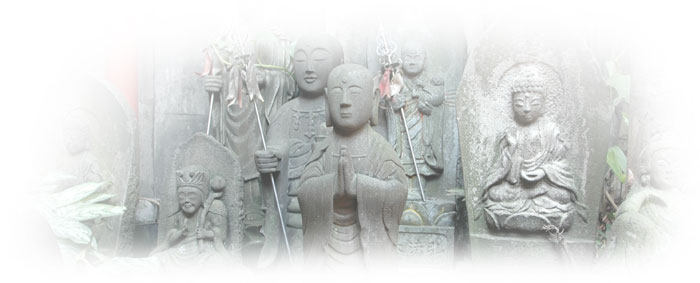 |
|
|
|
|
 |
Japanese Colonization Period-Hongfa Temple of the Holy Word Sect |
|
|
 |
| |
|
| |
| Japanese Colonization Period-Hongfa Temple of the Holy Word Sect |
| |
Taiwan and the Penghu Islands ( Pescadores ) were ceded toJapan in 1895 following the execution of the Treaty of Shimonoseki, marking the commencement of he Japanese colonization of Taiwan. During the colonization period, the Japanese government also introduced the Holy Word Sect of Buddhism to Taiwan as the
first step of assimilation of the Japanese culture. There were eight sects and 14 schools in total, and the sect quickly spread across the island. Koyasan Shingon Sect (Holy Word Sect of Koyasan), the biggest among all schools of the Holy Word Sect in Japan, enteredTaiwan in 1896. The Kobodaishi - Kukai (弘法大師 - 空海) the
school worshipped once made great contributions to t he development of Buddhism in Japan. He was the key person who brought the Tantric sutra from China to Japan. Though the Trantric sect disappeared in China after it was banned by the government, it survived in Japan and became an influential element both in the Japane seculture and the Buddhist circles.
In 1899 when the sect entered Taiwan, it built a preachinghouse on the Xinqi Street in Mankah and organized theGuardianship Community of 10 Goodness ( 護國十善會 ). Thesect distributed the Holy Word Monthly to its members, spread
the dharma, and participated in social work. It provided freeaccommodation and food for the poor and offered job agencyservice, among other things. In 1910, a temple known as New Koyasan Hongfa Temple (新高野山弘法寺) was built in Ximending with donations from believers and subsidies from honzan Kaoyehshan Kongobu Temple. This temple thenbecame the headquarters of the sect in Taiwan and oversaw thespread of the sect on the island.
According to the construction permit granted to the temple,
the sect submitted the application for construction in 1910. The
submittals included the measure of area for each building and a
property inventory of the Koyasan Hongfa Temple, proving that
the Holy Word Sect did build the Koyasan Hongfa Temple in 1910
in Ximending and was granted the legal rights to use it. Statistics
of the Japanese colonial government also indicated that the
believers of Holy Word Sect outnumbered other sects or schools of
Buddhism in Taiwan during the Japanese Colonization Period. On
the one hand, these statistics reveal the significance of the Holy
Word Sect to the Japanese; on the other hand, they explain why the
sect declined so quickly after the Japan left Taiwan as a defeated
country.
|
 |
|
|



